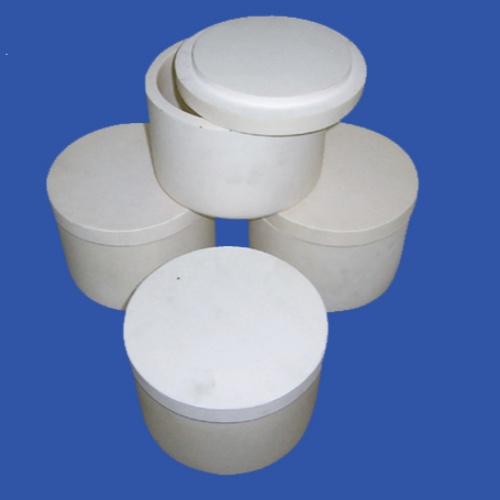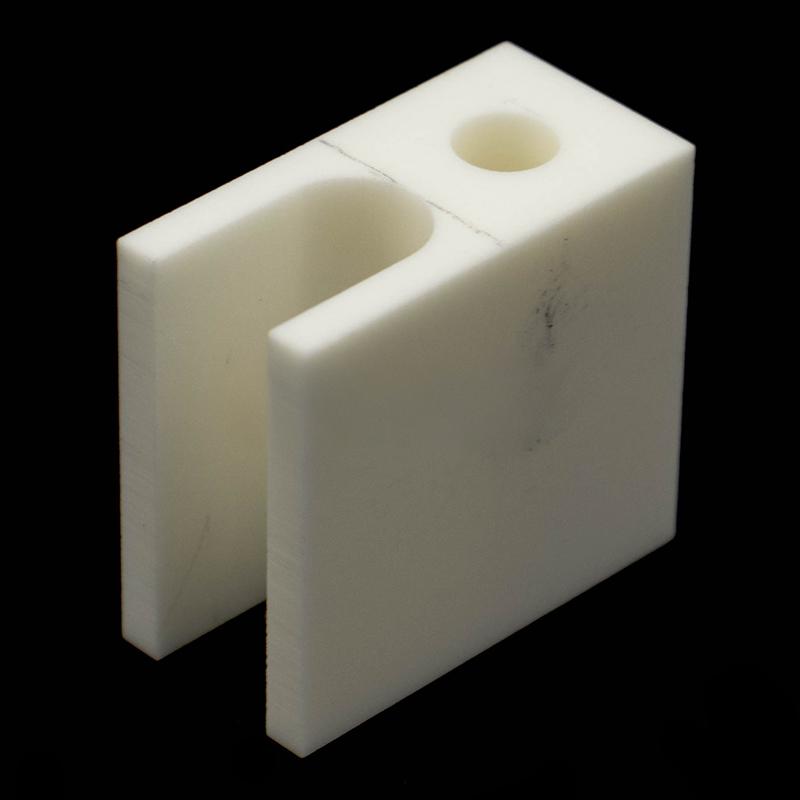Wear resistant zirconia ceramic structural components are advanced ceramic materials made primarily from zirconia (ZrO ₂) through fine grinding and high-temperature sintering processes. This material is highly praised in the industry for its excellent wear resistance and high-temperature stability, especially yttrium stabilized zirconia ceramics, whose performance surpasses traditional ceramics and metal materials.
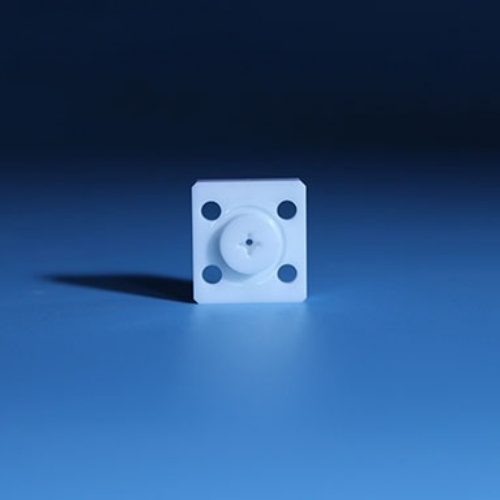
Performance characteristics
High hardness and wear resistance:
The hardness of zirconia ceramics is quite high, with a Mohs hardness of around 8.5, almost equivalent to the hardness of sapphire, and much higher than the hardness of common polycarbonate, tempered glass, and aluminum magnesium alloys. Therefore, it performs well in high friction environments, significantly extending the service life of components and reducing equipment maintenance costs.
Excellent resilience:
Compared with other ceramic materials, zirconia ceramics exhibit outstanding toughness, with fracture toughness reaching 1-35MPa · m1/2. This toughness makes it less prone to breakage when subjected to large external impacts, and can maintain the integrity of the structure.
High temperature resistance performance:
The melting point of zirconia is as high as 2715 ℃, which enables zirconia ceramics to maintain stable performance in high temperature environments and is suitable for applications that require high temperature resistance.
Corrosion resistance:
Zirconia ceramics have good corrosion resistance and can resist the erosion of various chemical substances, making them suitable for fields such as chemical and pharmaceutical industries that require high corrosion resistance.
High resilience:
Zirconia ceramic structural components have high toughness, high bending strength, and high wear resistance, with a thermal expansion coefficient close to that of steel, and are therefore widely used in the field of structural ceramics.
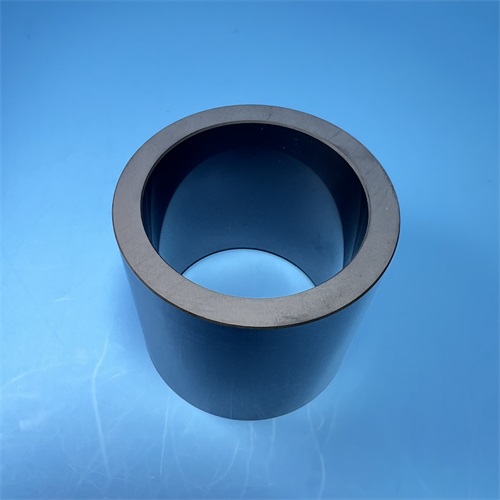
Application area
Wear resistant zirconia ceramic structural components are widely used in multiple fields due to their excellent performance:
Aerospace:
In the aerospace field, zirconia ceramics are used to manufacture engine components and spacecraft casings due to their excellent stability and corrosion resistance at high temperatures.
medical apparatus and instruments:
In the field of medical devices, the biocompatibility and wear resistance of zirconia ceramics make them an ideal choice for manufacturing artificial joints and surgical tools.
Automobile manufacturing:
In the field of automobile manufacturing, the application of zirconia ceramics is reflected in engine components, exhaust system components, etc., which can withstand high temperatures and mechanical stresses, significantly improving the durability and performance of automobiles.
Structural ceramics:
Zirconia ceramic structural components are widely used in TZ grinding balls, dispersing and grinding media, nozzles, ball valve seats, zirconia molds, micro fan shafts, fiber optic pins, fiber optic sleeves, drawing dies and cutting tools, wear-resistant cutting tools, watch cases and straps, lightweight golf clubs, etc.
Functional ceramics:
Zirconia ceramic structural components are also used in fields such as induction heating tubes, refractory materials, heating elements, oxygen sensors, solid oxide fuel cells, and high-temperature heating elements.
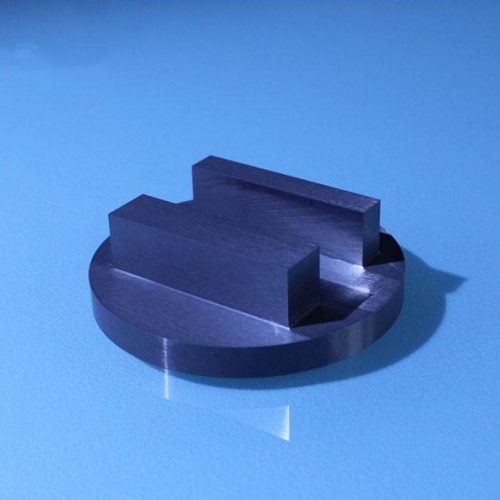
Wear resistant zirconia ceramic structural components have been widely used in multiple fields due to their excellent physical and chemical properties, and have broad development prospects in the future.
PREVIOUS:Zirconia ceramic threaded rod
CATEGORIES
LATEST NEWS
- What are the applications o...
- What are the uses of silico...
- What are the uses of zircon...
- What are the advantages and...
- What are the advantages of ...
- What are the difficulties i...
- What are the advantages of ...
- The manufacturing method of...
- Application scope of zircon...
- What are the difficulties i...

